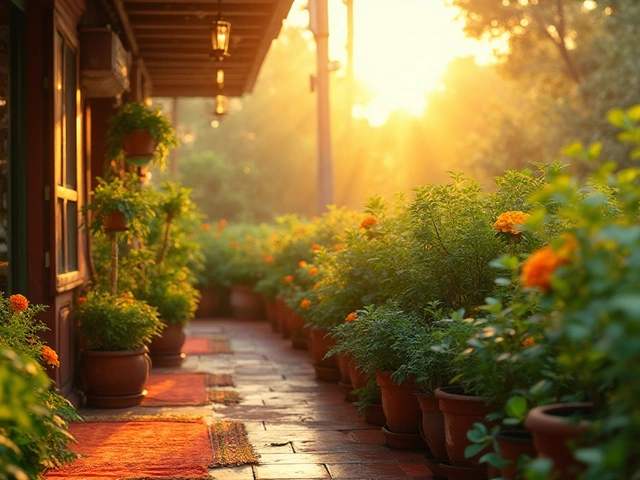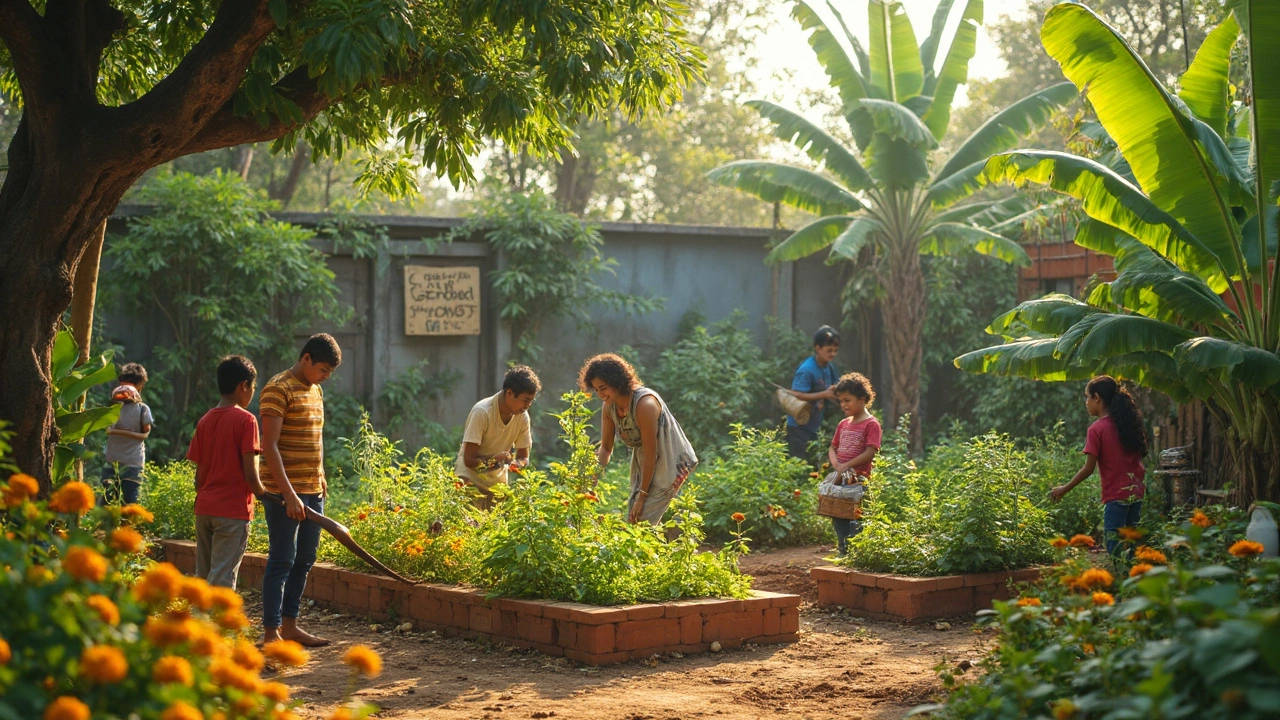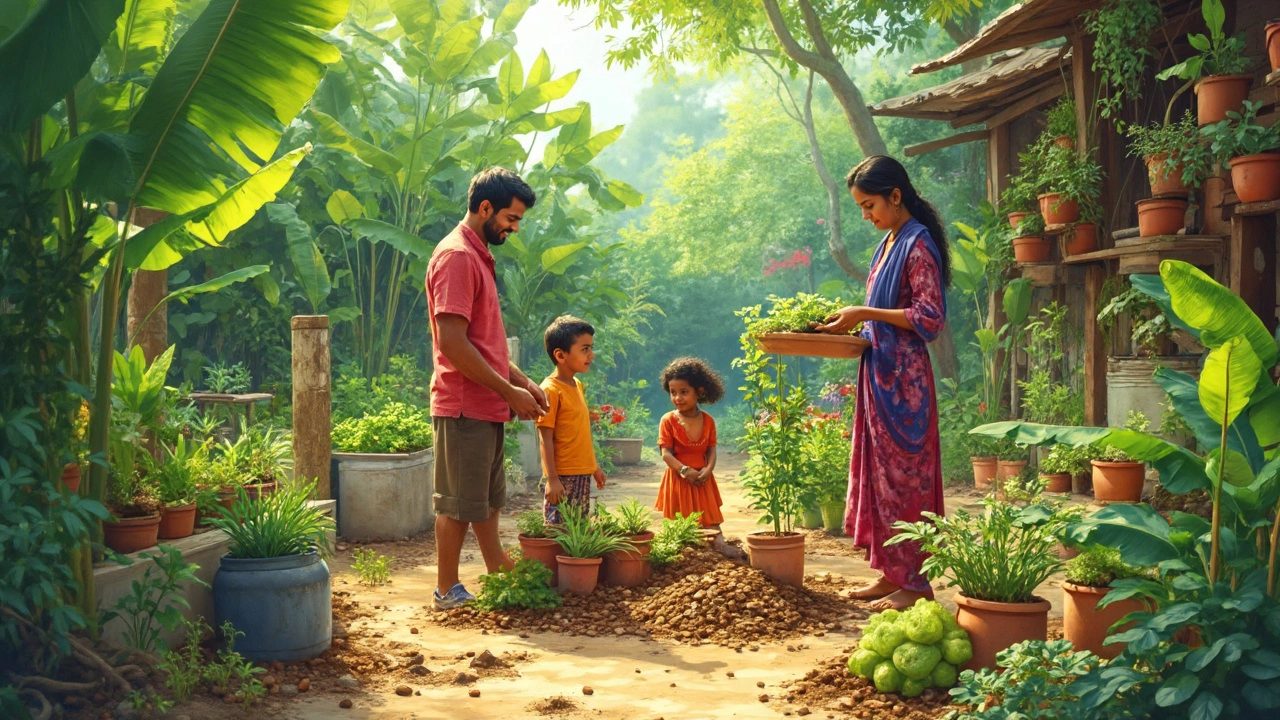Permaculture Basics for Indian Gardens
Want a garden that works with nature instead of fighting it? Permaculture does just that. It’s about designing your space so the soil stays alive, water is used wisely, and plants help each other grow. The result? Less work, lower bills, and a healthier yard that fits India’s climate.
First, see your garden as a small ecosystem. Every plant, insect, and drop of water plays a role. When you arrange them thoughtfully, you’ll notice fewer weeds, less pest trouble, and better yields. Below are the two core areas you can start tweaking today.
Soil and Water Management
Healthy soil is the heart of permaculture. Start by adding organic matter – kitchen scraps, leaf litter, or well‑rotted compost. This boosts microbial life, improves structure, and helps retain moisture. If your garden soil feels heavy, mix in coarse sand or coconut coir to loosen it, just like the “How to Loosen Heavy Garden Soil” tip suggests.
Water is another big win. Drip irrigation can cut water use by up to 70%, but many gardeners think it’s too pricey. Our post “Why Is Drip Irrigation So Expensive?” breaks down the real costs and shows low‑budget ways to set it up. Bury the drip lines at the right depth (around 2‑3 inches for most Indian soils) to protect them from sun and pests – see the guide “How Deep Should Drip Irrigation Lines Be Buried?” for exact steps.
Mulching is a free, easy trick. Spread straw, dried leaves, or rice husk around plants. Mulch reduces evaporation, smothers weeds, and slowly feeds the soil as it breaks down. Pair mulch with drip lines, and you’ll see greener beds even during the hottest months.
Plant Partnerships & Eco‑Friendly Practices
Companion planting is a classic permaculture tool. Pairing “sister plants” like marigold with tomatoes can deter pests naturally. Our “Sister Plants” article lists easy combos for Indian climates – try basil near chillies or beans with corn for a win‑win.
When you choose crops, go for native or well‑adapted varieties. Native plants need less water, fewer chemicals, and attract local pollinators. The “Sustainable Gardening” guide highlights low‑maintenance species that thrive across India’s zones.
Turn garden waste into resources. Instead of tossing coffee grounds, compost them with dry leaves – just avoid feeding them to plants that hate coffee grounds, as explained in the “Plants That Hate Coffee Grounds” post. The compost you get feeds the soil, completing the cycle.
Finally, think about wildlife. Adding a small water pond or stone pile gives insects and birds a home, and they’ll help with pollination and pest control. An eco‑friendly yard doesn’t need expensive landscaping; a few native shrubs and a bird feeder go a long way, as shown in our “Eco‑Friendly Yard Ideas” article.
Start small. Pick one corner, improve the soil, install a short drip line, and add a couple of companion plants. Watch how nature reacts, then expand. Permaculture isn’t a one‑time project; it’s a habit of working with the land, learning, and adjusting.
Ready to give it a try? Grab a notebook, sketch your garden zones, and follow the steps above. In a few weeks you’ll see greener leaves, fewer weeds, and a garden that feels more like a living partner than a chore.
Self-Sustaining Garden: How to Start One the Easy Way
Building a self-sustaining garden isn’t as complicated as it sounds. This article breaks down practical steps for creating a backyard space that thrives with minimal effort and outside resources. Learn clever ways to keep your soil healthy, reduce water use, and attract the right bugs. Get straight talk about composting, companion planting, and easy maintenance. You’ll finish ready to grow food, save money, and make your patch of earth seriously low-maintenance.
Sustainable Gardening: What’s Another Name for It?
Curious about other names for sustainable gardening? This article breaks down what people really mean when they talk about eco-friendly, low-impact, or regenerative gardening. Learn the most common terms, why they matter, and how each approach can change the way you grow your own food or flowers. Check out easy tips to try at home and spot the differences between similar styles. Get straight answers and practical ideas for greener gardening.
Permaculture Gardening: What It Means and How to Get Started
Permaculture gardening goes way beyond planting a few veggies—it's all about working with nature, not against it. This article breaks down what permaculture really means, why it grabs the attention of modern gardeners, and how it helps turn your backyard into a low-maintenance, productive ecosystem. You'll find real-world tips to get started, learn from quirky examples, and discover how to make your garden work smarter, not harder. If you want food, flowers, and a garden that pretty much takes care of itself, you're in the right place.
About
Sustainable Gardening
Latest Posts
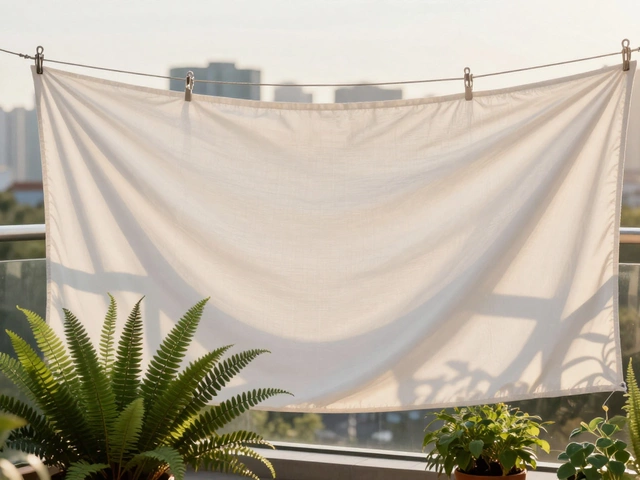
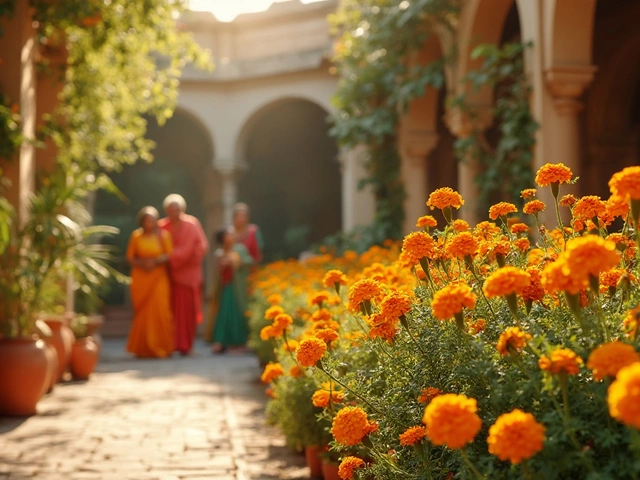
Most Popular Flower in India: Why the Marigold Reigns Supreme
By Alden Thorne May 27, 2025
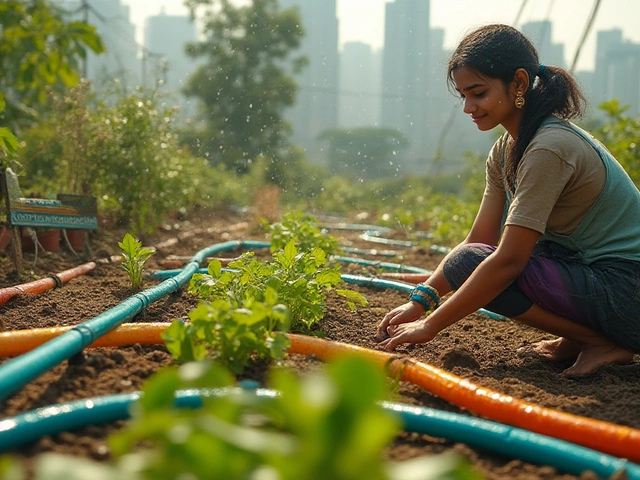
Main Types of Drip Irrigation: Surface vs. Subsurface Explained for Gardeners
By Alden Thorne Jul 14, 2025
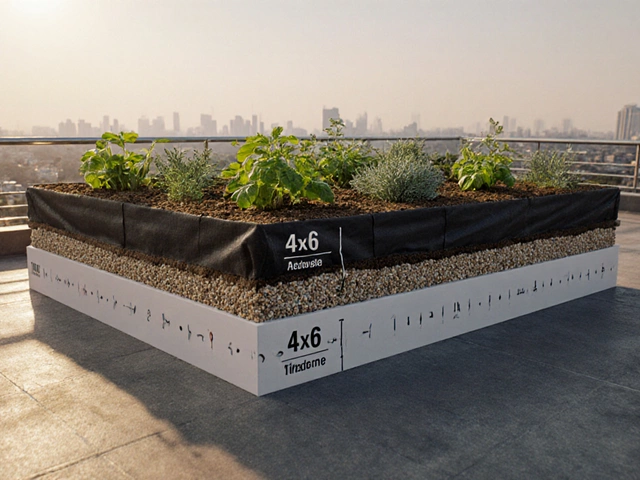
Optimal Soil Depth for Rooftop Gardens - How Deep Should It Be?
By Alden Thorne Oct 23, 2025
